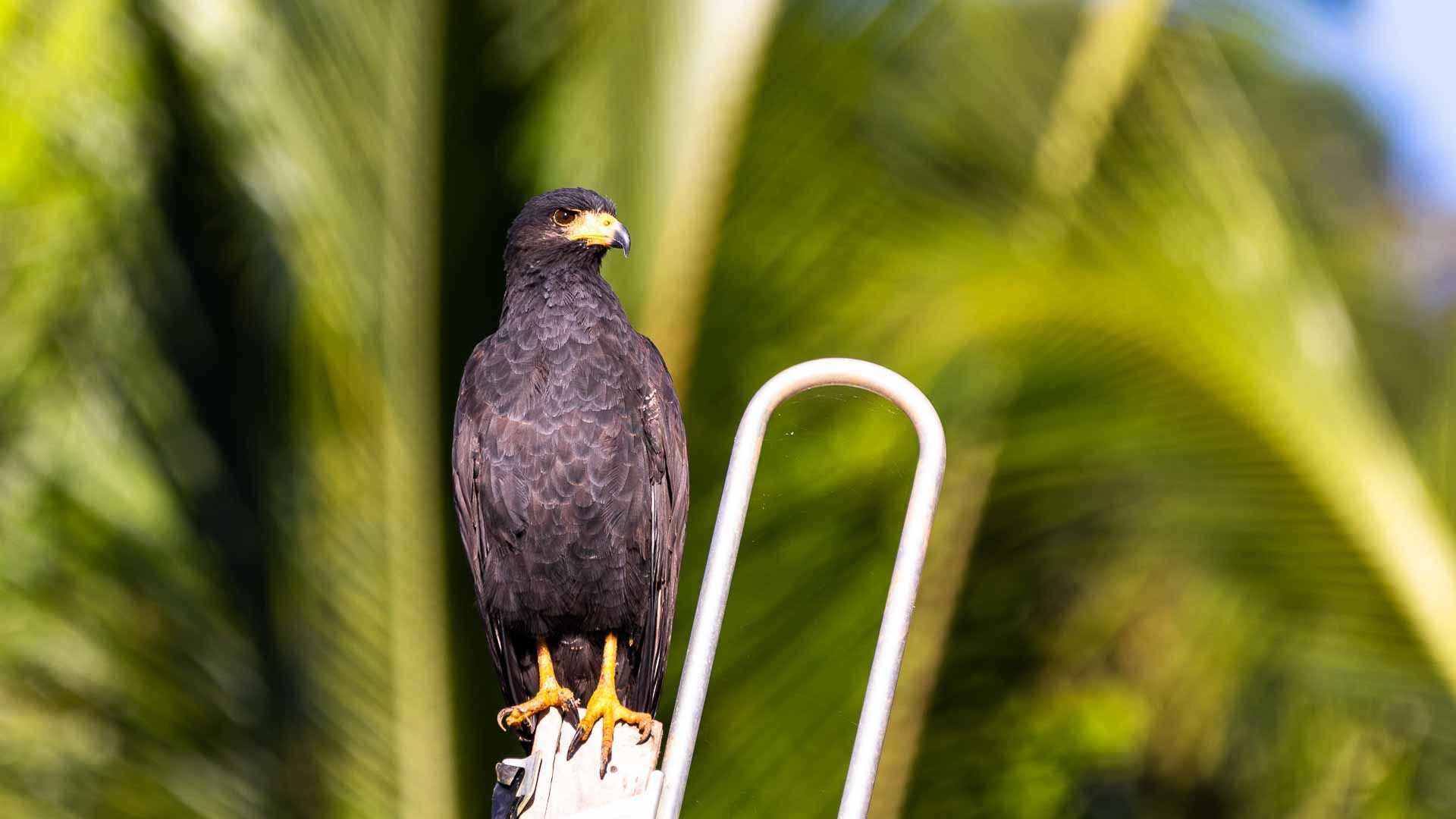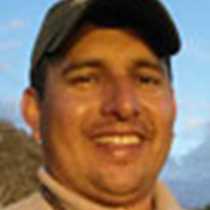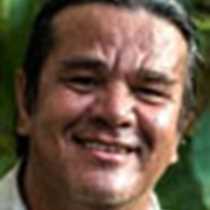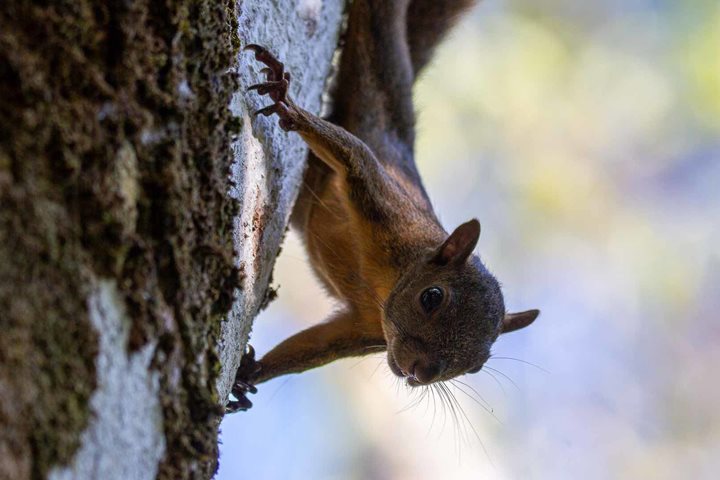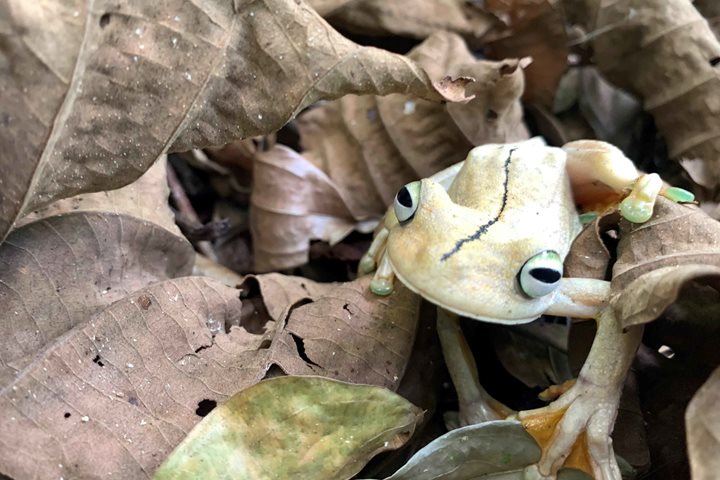National Geographic Quest’s first stop of the year in Panamanian waters was Coiba Island, the largest island along the Pacific Coast of the Americas. A former penal colony and a protected national park since 1992, Coiba is a haven for endemic species of birds, mammals and plants due to its isolation from the mainland for over 10,000 years. Located 38 nautical miles from the nearest continental shore, Coiba Island and its more than 30 islets serve as the backbone of this marine reserve. The reserve covers over 1,000 square miles of tropical diversity unique to this part of the world.
Our expedition started with one group exploring the main station on the north side of the island, while another group headed to the pristine Coco Islet to deep dive its underwater realm. While underwater, fish and coral immediately took the spotlight. Sergeant major and spottail grunt help us understand the formation of the Isthmus of Panama, which separated the sister species found in the Atlantic and Pacific Oceans. Barberfish demonstrate how symbiotic relationships can quickly change from a fun mutualism to an intriguing parasitism. Moorish idols and parrotfishes made appearances. Guineafowl pufferfish, spot-fin porcupinefish and whitecheek surgeonfish all showcased their weaponry, including modified scalpel-like scales and deadly toxins. All of these sightings were a great introduction to the biggest fish in the water, the whitetip and blacktip reef sharks. We also saw Carey sea turtles and green sea turtles. Today proved itself a successful snorkeling session to start the year.
Back on the mainland, birds like the mangrove warbler and the American oystercatcher checked us out with curiosity. Common black hawks appeared more interested in their next meal. Finally, the striking lance-tailed manakin with its distinctive red cap waved goodbye as we started the long haul to our next destination, the Panama Canal.

